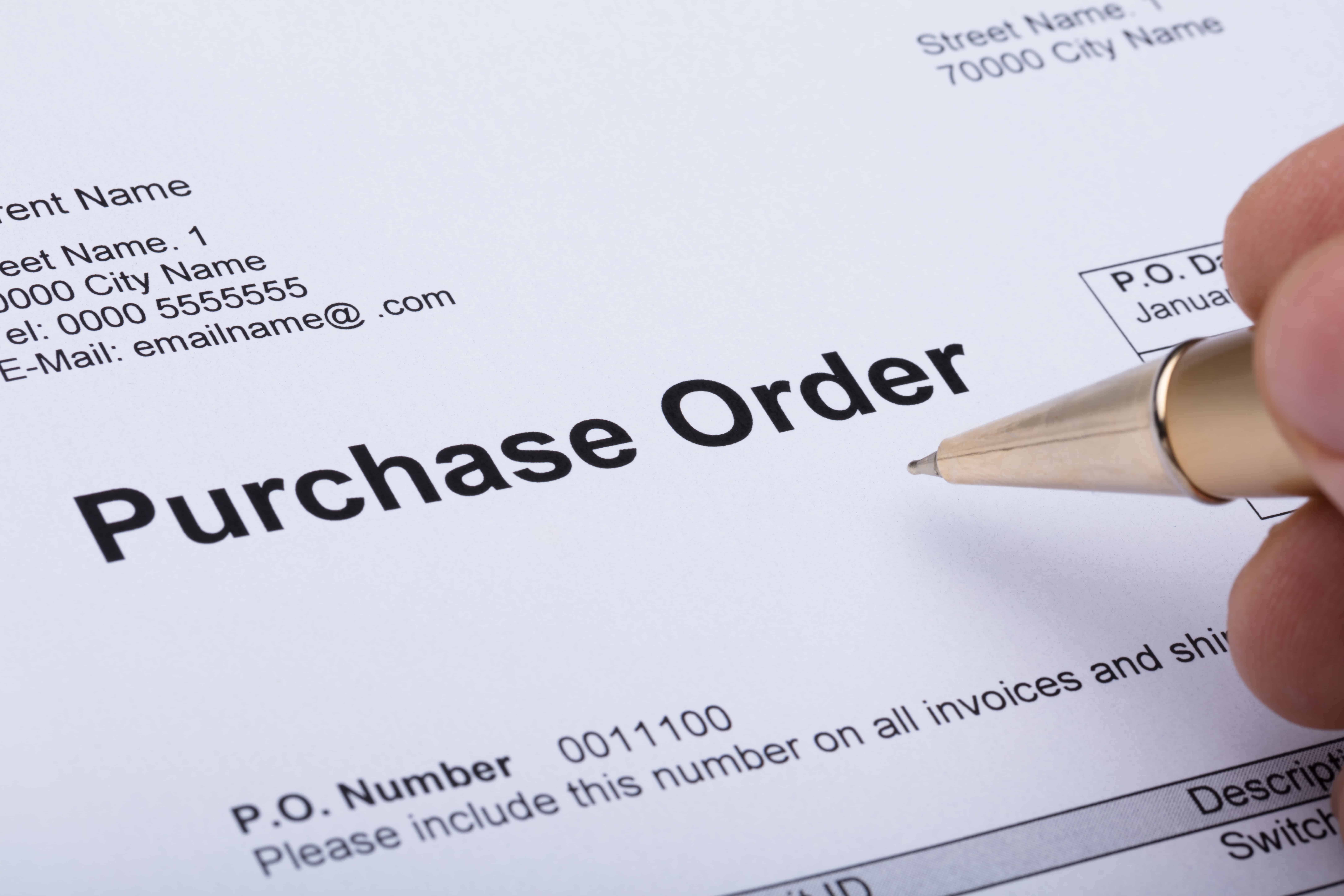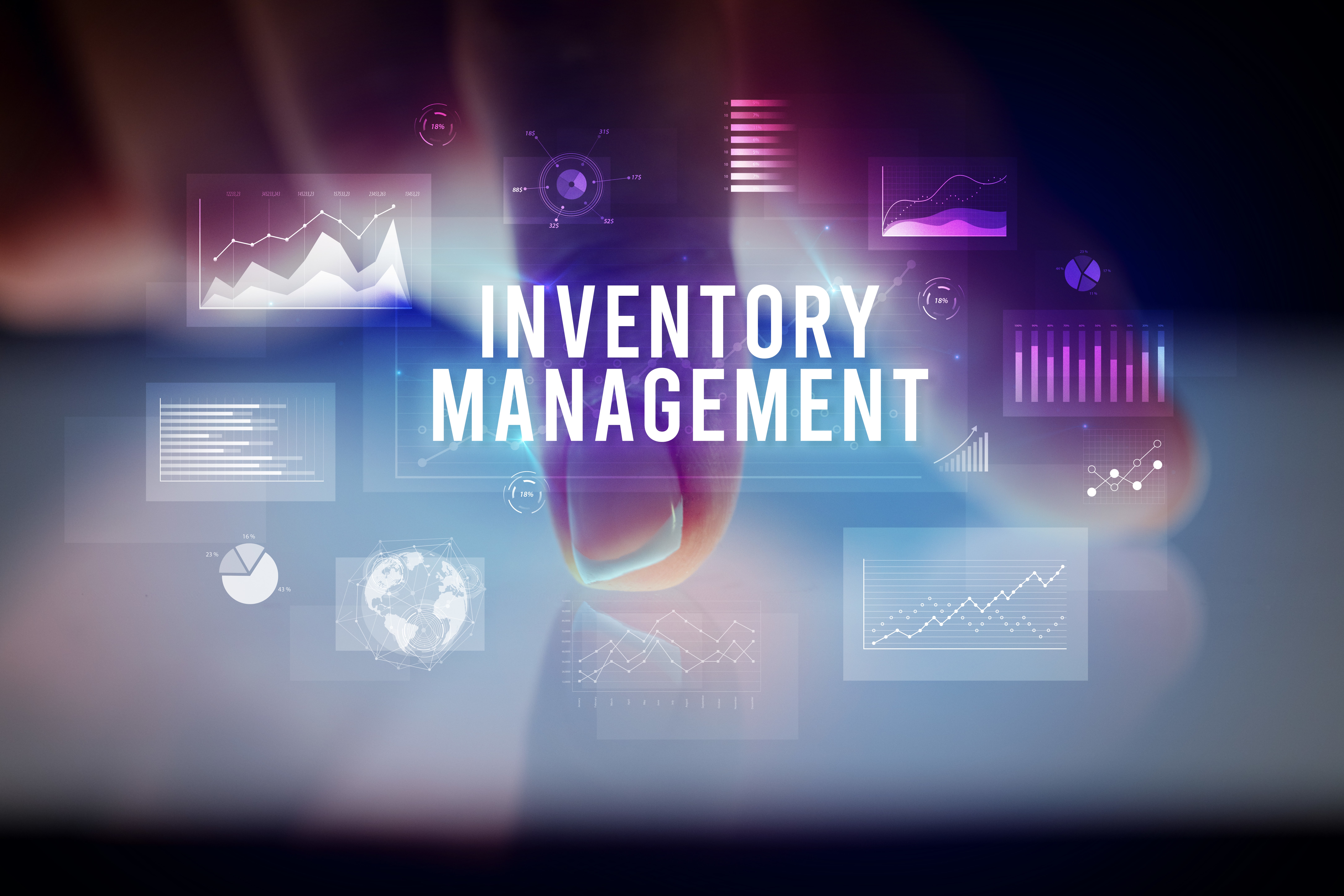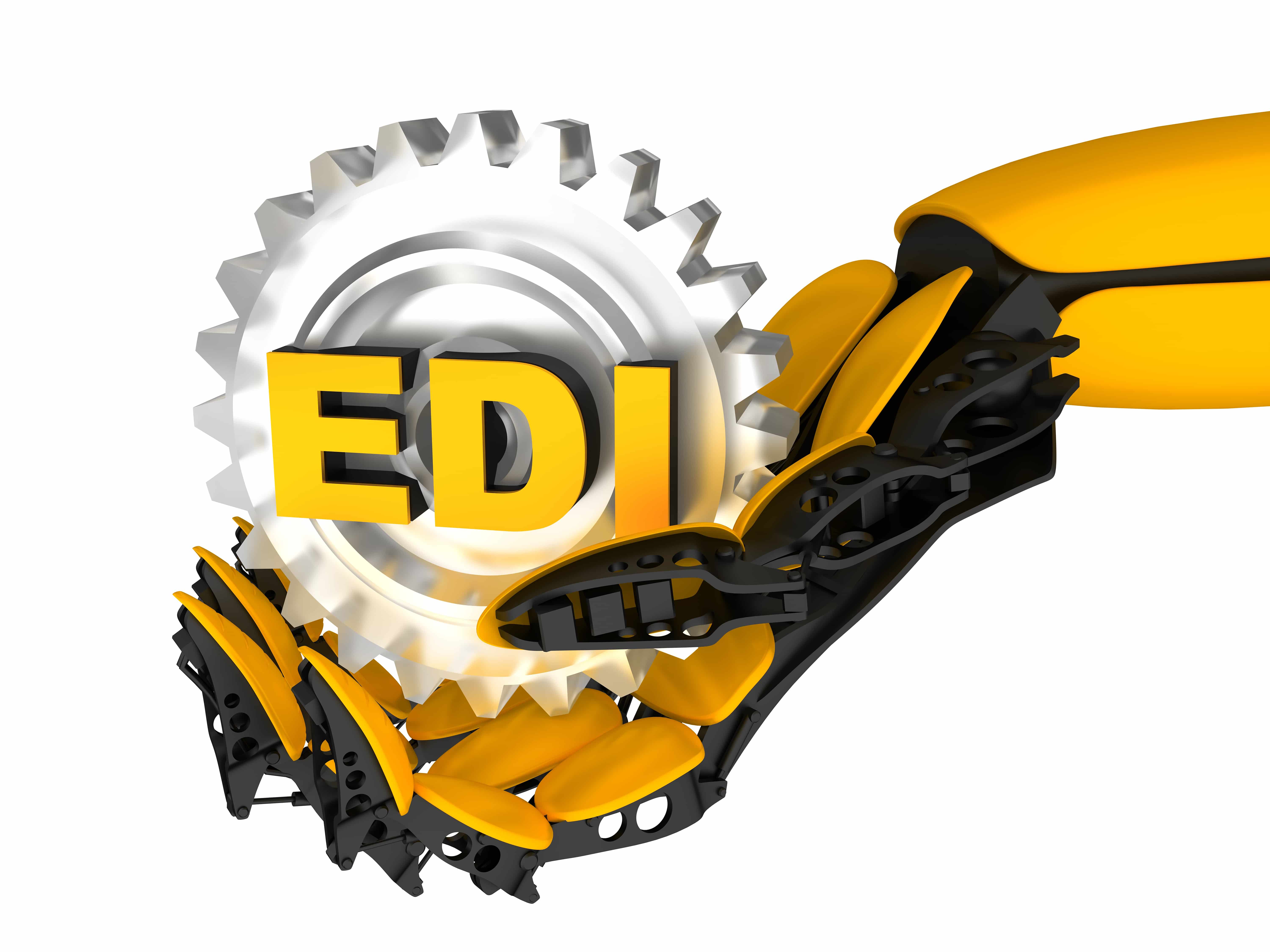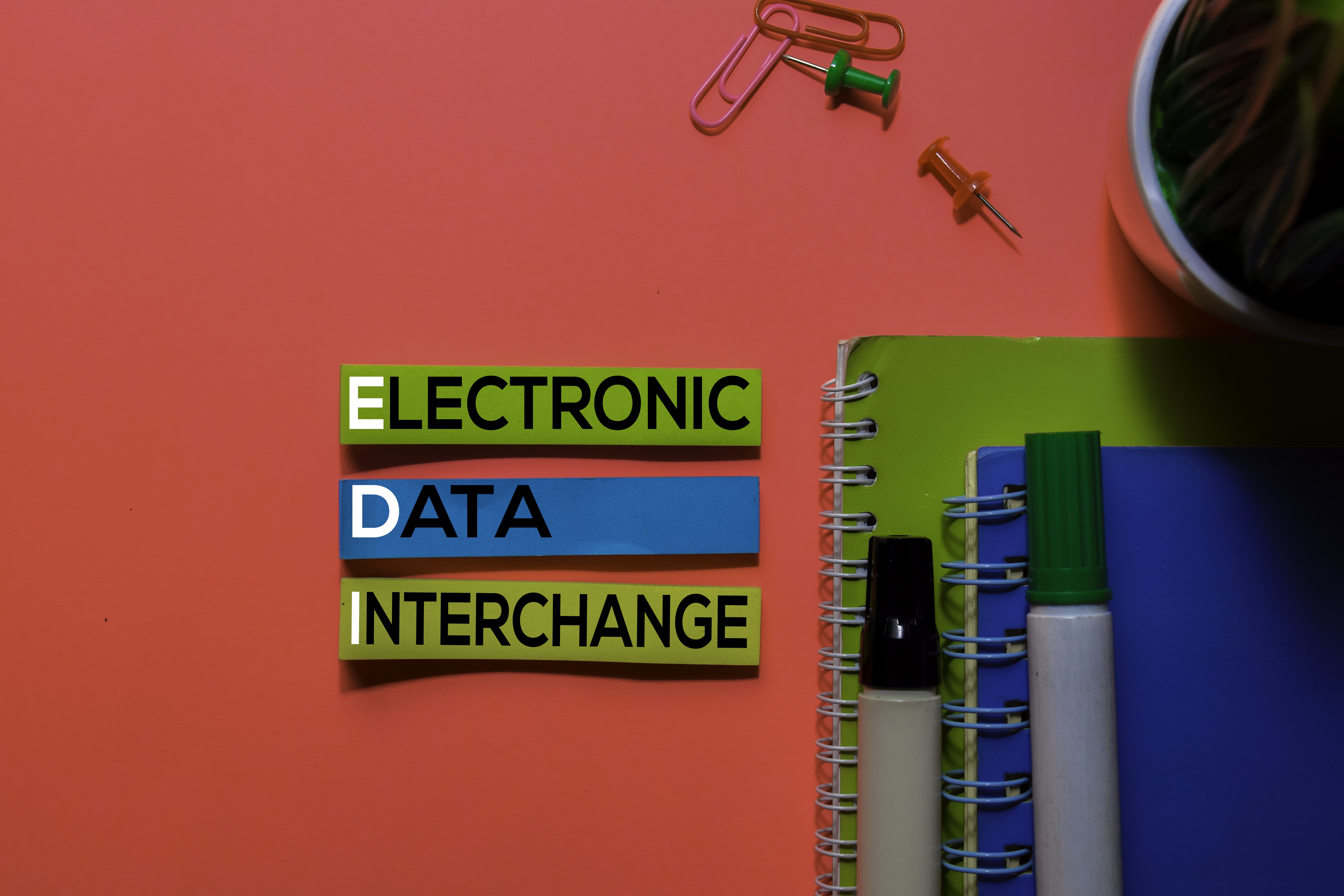
What is EDI?
EDI stands for Electronic Data Interchange. EDI combines a system and processes to give businesses the ability to exchange documents and transactions between trading partners in a standard electronic format. We can use a quick example of this, any retailer can send a purchase order (PO) to a vendor digitally using EDI versus having to send over a paper document or fax. They would use the code EDI 850, which is the EDI code for purchase order. In total, there’s a lot of EDI transaction codes that you’ll need to get familiar with. EDI has reduced our need for paper and has allowed transactions to become very fast.
EDI automation is a term you’re starting to hear more about, it can greatly improve your data accuracy while also ensuring transactions never get lost through the process. EDI has allowed countless companies to eliminate manual data entry and processing needs, which has allowed companies to eliminate human errors due to manual data entry.
EDI has many layers, it can also help with your security, giving you an additional line of defense against improper documentation and fraud.
A wide variety of business and transactional documents can be standardized and exchanged via EDI, these include but are not limited to:
EDI enables all of the retail supply chain agility needed to better deliver on consumer expectations in today’s shifting landscape. On the consumer side, EDI supports the process management that pulls ecommerce orders through the fulfillment and shipping queues to keep delivery promises. EDI can also help you decrease stock outs, backorders and late deliveries. When a customer gets their order late, they have the right to be upset, wouldn’t you? Sure, some cases are unique, but you always have to think about customer service and maintaining the highest level of satisfaction possible.
When we look to the business side, EDI has a lot more benefits. For starters, it can shorten lead times and enables retailers, suppliers, distributors, brands, manufacturers and other stakeholders to improve inventory management while engaging in accurate and speedy communications. With EDI, businesses can gain efficiency, save money, scale easily and address the needs of working with larger trading partners.
Benefits of an EDI integration
Not all EDI solutions are created equal. They have different strengths and weaknesses. They range from the most basic, which is simply a web portal through which business documents are sent, all the way to fully integrable EDI systems that can connect with other systems in the business.
When an EDI system is integrated with other systems, the possibilities for gains in efficiency and reductions in errors can multiply exponentially. EDI systems can break down the silos that exist within companies that use multiple systems for different departments and duties.
Fully integrated EDI solutions can connect to:
-
ERP
-
WMS
-
CRM
-
Accounting Software
-
CMS
-
Shipping Programs
When all of these systems can “talk” to each other, organizations gain the cross-channel and cross-departmental visibility and communication necessary to meet the demands of today’s retail and supply chain landscape.
Learn how you can reclaim time and resources using EDI automation.
In-House EDI vs. Outsourced EDI
Besides integrated EDI and non-integrated EDI, you also have in-house EDI and outsourced EDI. Every business, with varied capabilities, resources and needs, which means you’ll need to choose the EDI solution that best fits your business.
In-House EDI
Traditional EDI solutions are “do-it-yourself”, in-house and onsite at the business. If you’re building an EDI solution from the ground up, you will have more cost upfront to invest in, this can include but is not limited to: software, hardware, staffing and other resources. The costs may be less once the system is in place, but may increase as the company grows and more addons are needed.
Online EDI Solutions
With an online EDI solution, you should be able to access a portal via the internet, either through the web or an EDI app. Online EDI solutions do have some perks over traditional EDI departments, one often being lower costs. Despite that, they may not have the ability to do full integrations to other systems. If that’s the case, you may end up with manual data entry tasks. More so, some online EDI solutions may require an investment of onsite resources to ensure existing networks do have the bandwidth to accommodate the flow of data.
Cloud-Based EDI Providers
Cloud-based EDI solutions usually offer a little bit of everything. You’re likely looking at an upfront setup cost and monthly subscription fee. Even so, this solution is far less than traditional in-house EDI and would be scalable to the needs of your business. In fact, some cloud EDI experts have claimed a savings up to 60 percent or more. Since cloud EDI providers maintains their own hardware, software, network, upgrades, compliance requirements and more, cloud EDI reduces infrastructure expenditures and staffing needs compared to traditional EDI.
(5) Reasons You Need EDI
Many businesses seek out an EDI solution because they’ve been asked to by an existing or potential trading partner. However, even without a trading partner asking for it, there are many reasons why retailers, vendors and others in the supply chain could benefit from implementing an integrated EDI solution.
(1) Costs Of Inaccurate Data
Companies and businesses that don’t have EDI systems usually rely on manual data entry at multiple points throughout the order process, throughout many points across the organization. Every manual data entry point is a chance for errors, errors can compound other errors and you’re left with a ton of mistakes that can hurt your business. The costs of late shipments, delivery of incorrect orders and paying inaccurate invoices adds up. You need your retail data to be accurate. If inaccurate data is coming in, your retail forecasts will be wrong. EDI helps by eliminating human errors from your informational processes.
(2) Everything Is Moving Faster
Customers are always driving change in the way purchases are made, due to this, the whole supply chain is moving at a much faster pace than in the past. If one of your trade partners need a guaranteed delivery date of 2 days, but your existing processes require you to deliver in 3-4 days, that’s a big problem. EDI automation of documents enables accurate, efficient and streamlined processes to meet the high-speed demands of today’s retail, supply chain and consumer expectations. The supply chain is moving fast and it won’t slow down, you have to be ready, EDI automation is a smart idea.
(3) Trading Partners Are Vital
While retail supply chains operate quicker, suppliers, retailers, distributors, vendors, 3PLs and other organizations must be on the same page as your company. If your supply chain is relying on old legacy systems or outdated processes, you can guarantee it’s slowing your whole network down. In fact, there’s a lot of retailers and brands out there that won’t work with a partner that doesn’t have EDI implemented. Some of the biggest brands in the world require you to have EDI.
- Belk
- Home Depot
- Lowes
- Target
- Walmart
Supply chain efficiency matters, accuracy and automation that EDI offers a company can help retain trading partners and open the door to new opportunities.
(4) Inventory Surpluses And Stockouts
When points of sale, ecommerce order submission, fulfillment processes, tracking shipments and other systems that don’t communicate with one another are going to cause you problems. If you have to manually enter data, it can make forecasting a major headache and you’ll be open to errors. With an integrated EDI solution, ecommerce platforms, accounting, ERP and other business solutions can communicate with each other, you can ensure you’re getting the most accurate transmission, collection and analysis of data possible.
(5) Limitations On Resources
As your business grows, resources such as inventory, staffing, space allocation and other will have to grow also. The last thing you want is bottlenecks that stunt your growth and progress. EDI can add agility, elasticity and scalability to your existing assets. With information and forecasting accuracy, EDI is going to enable you to have more precise inventory management, staffing, warehouse operations and other assets. When manual data entry requirements are reduced or eliminated, you can always move these employees to new departments. You can offer retraining to employees that want to stay with the company.
It’s never easy to say goodbye to an employee as data entry jobs are a dying breed today. However, the benefits of EDI are greater versus relying on manual data.
EDI 852 Reporting
Here at Accelerated Analytics, we provide EDI 852 reporting for our clients. If you’re a retailer, you likely already know how important EDI 852 data is. A product activity report (EDI 852) is a document that focuses on 2 main factors:
- Data On Current Products And Inventory
- Shows How Products Are Selling – POS Data
Working efficiently with EDI 852 data requires a good analysis tool like Accelerated Analytics®. Otherwise, the merchandise planner is left to sort through line after line of data to find problems and opportunities. By using Accelerated Analytics®, the routine tasks of formatting and consolidating data are eliminated, and exception logic can be used to save time.
If you’d like to learn more about our EDI 852 and POS Reporting, be sure to reach out. You can reach us by using this contact form or by scheduling a demo to see our software in action.









